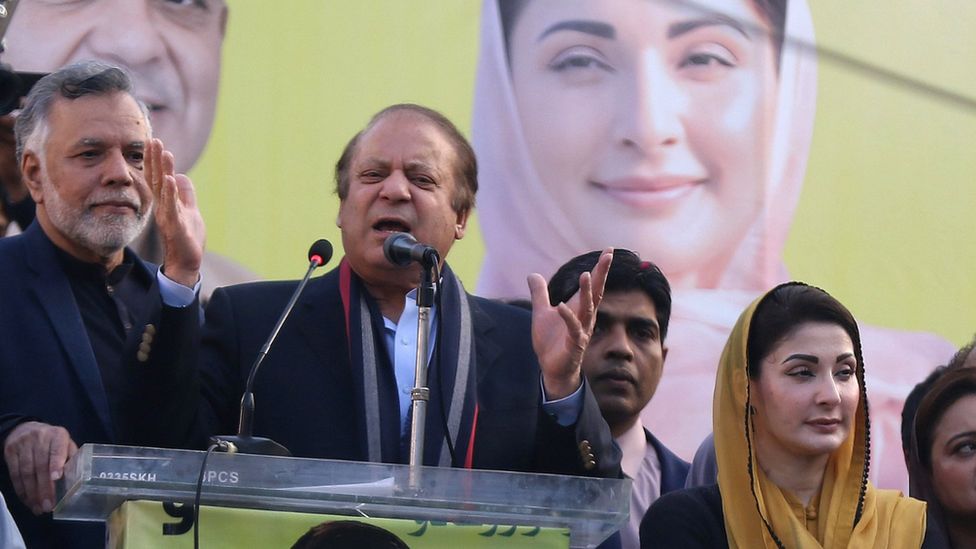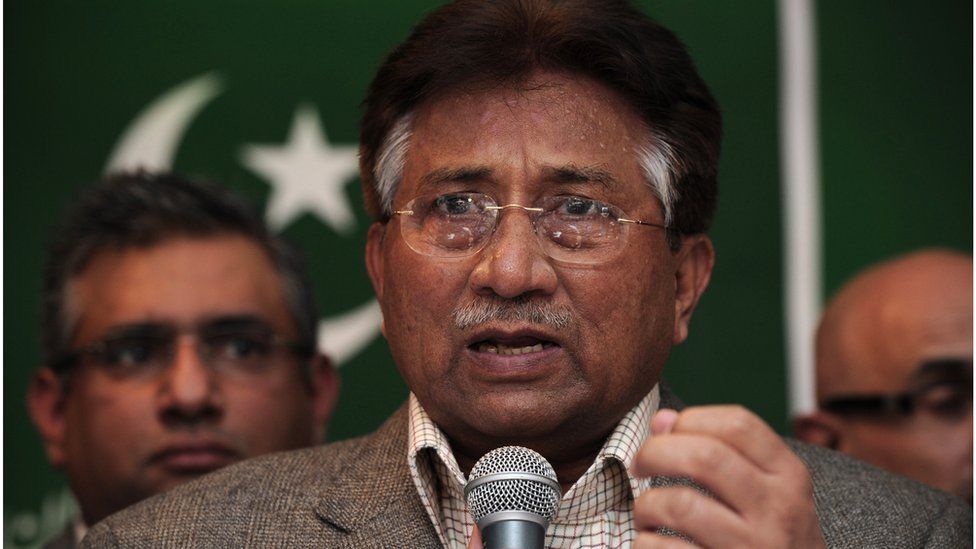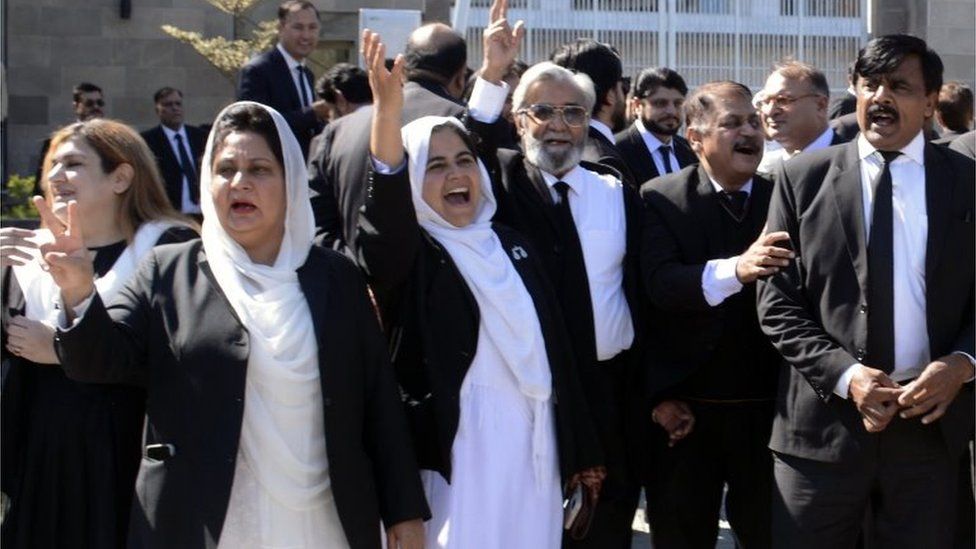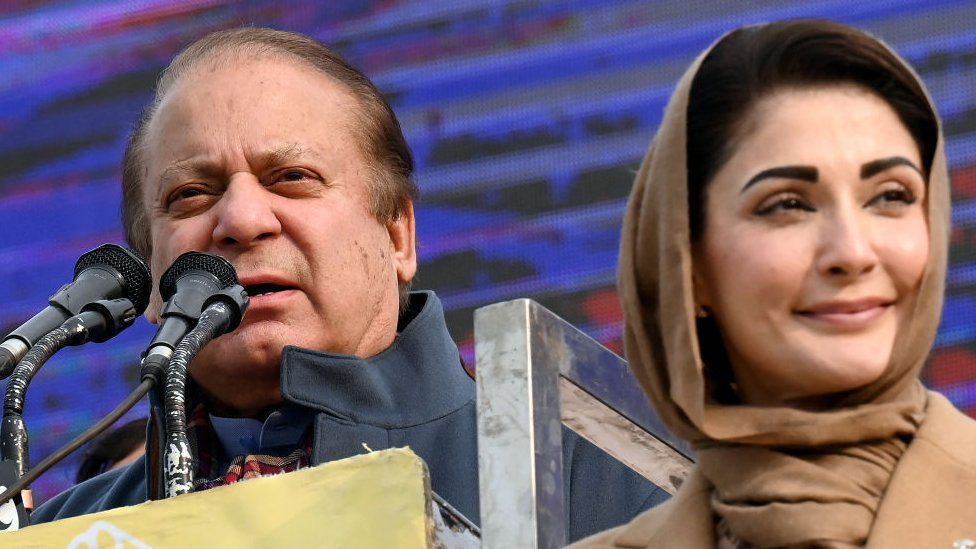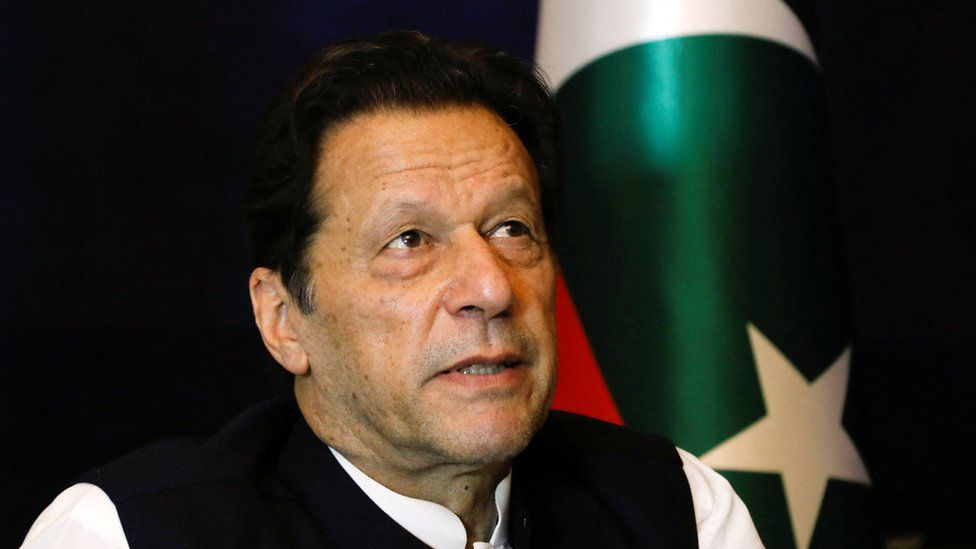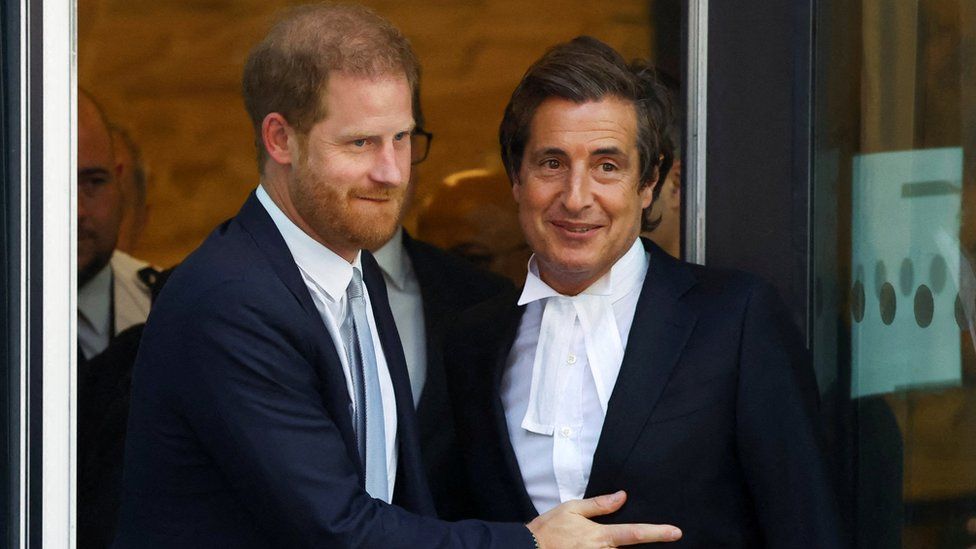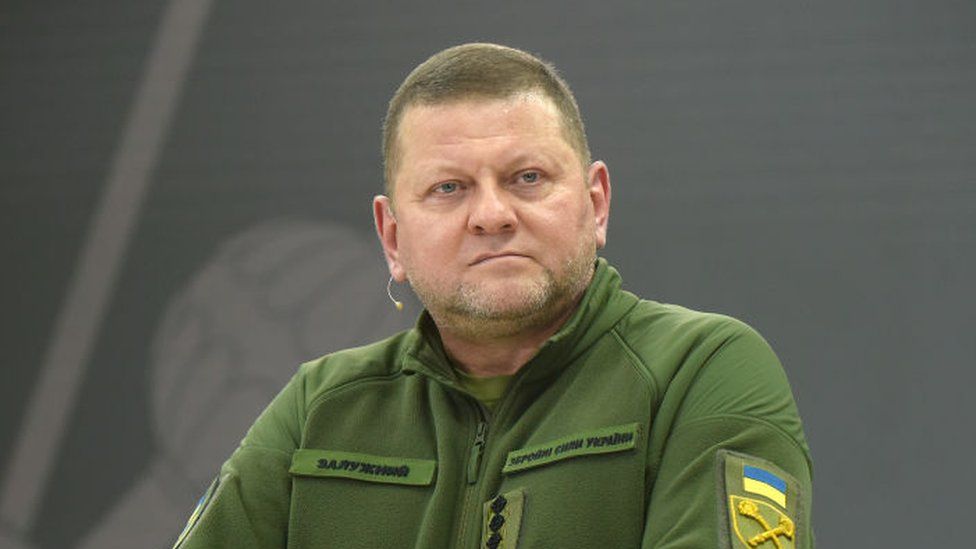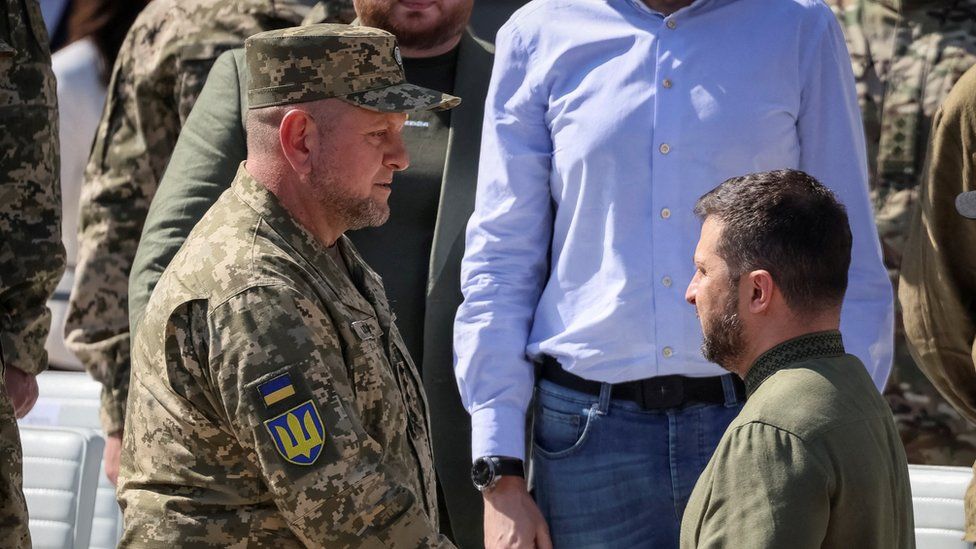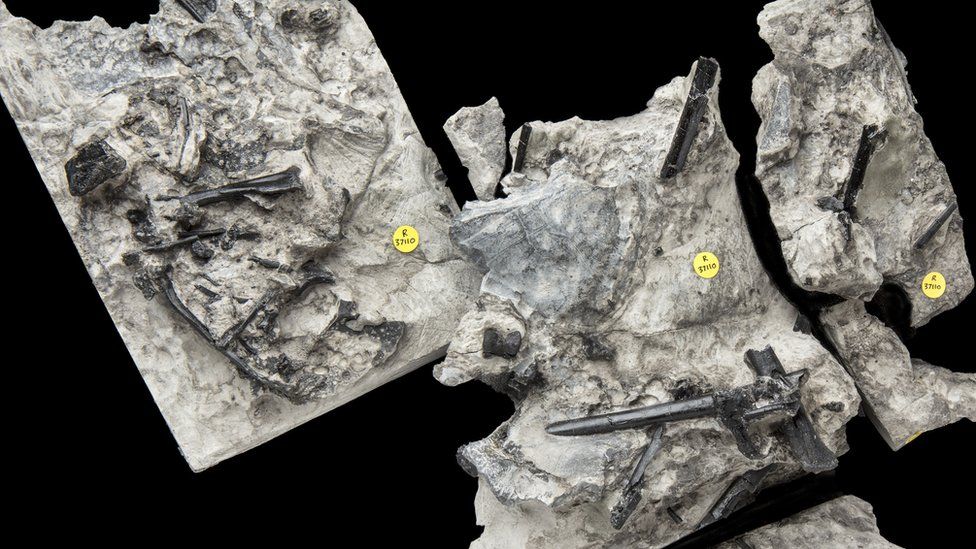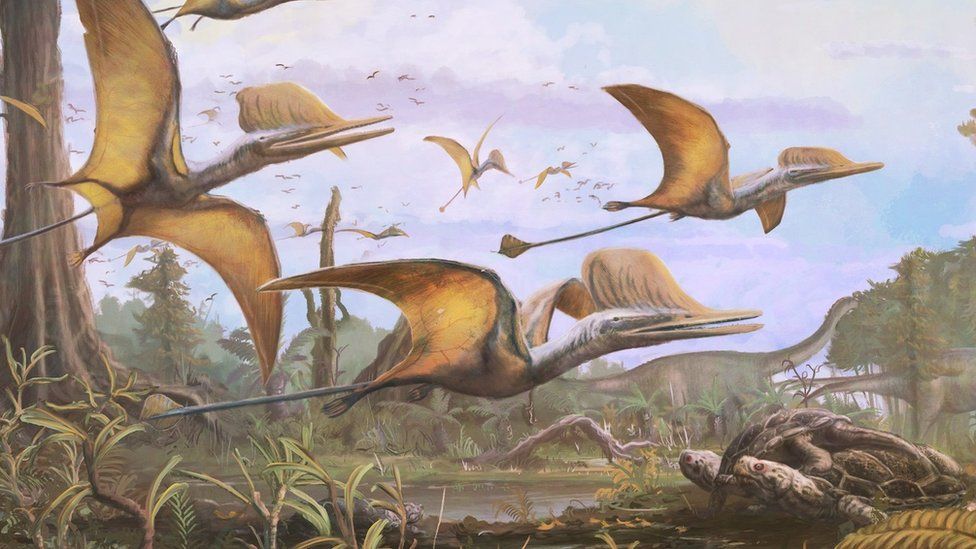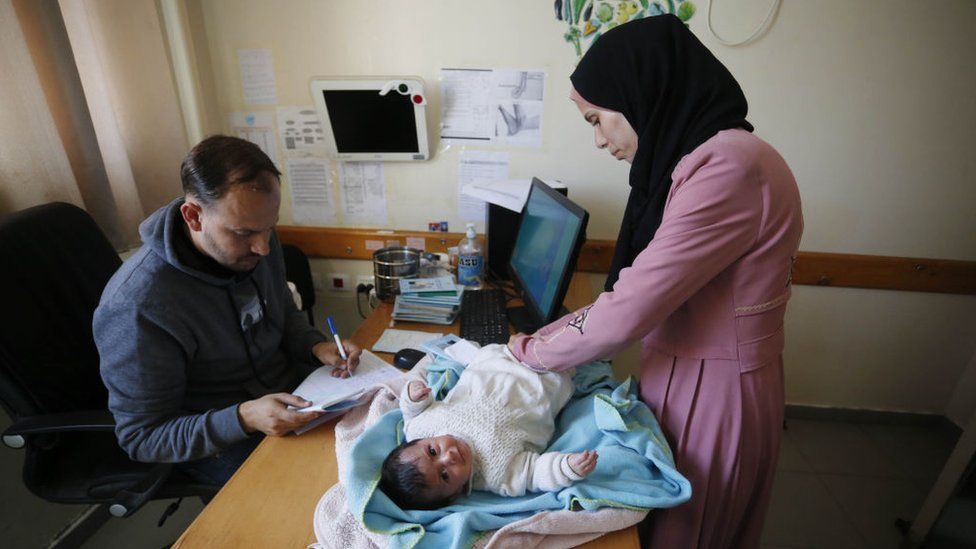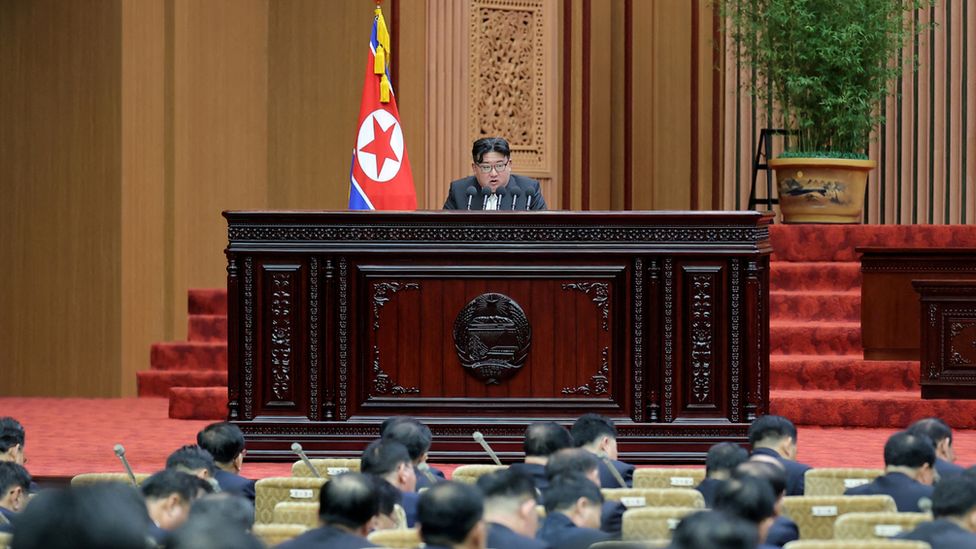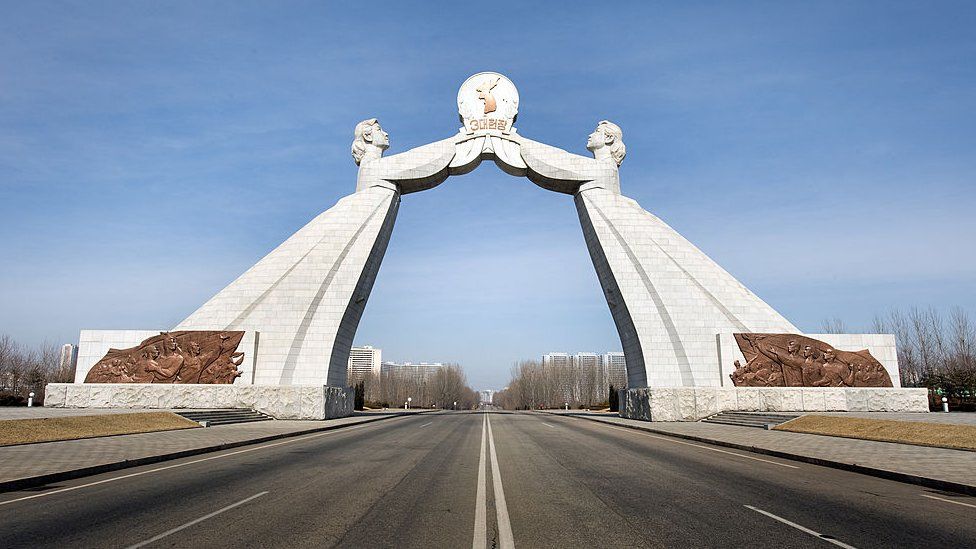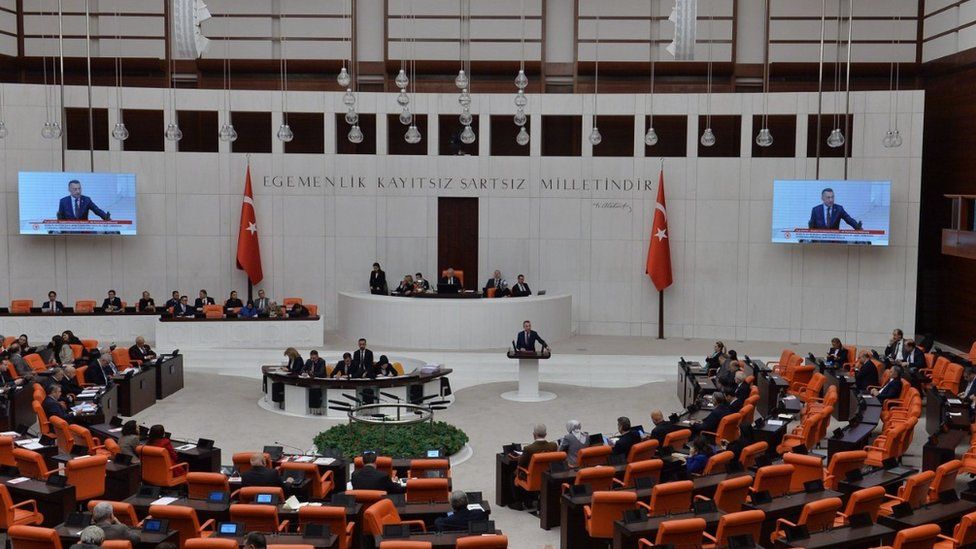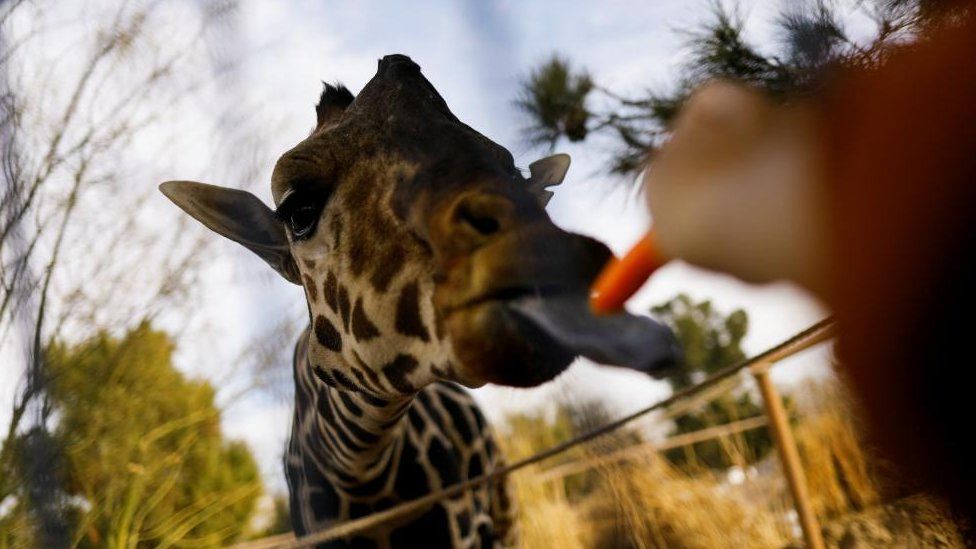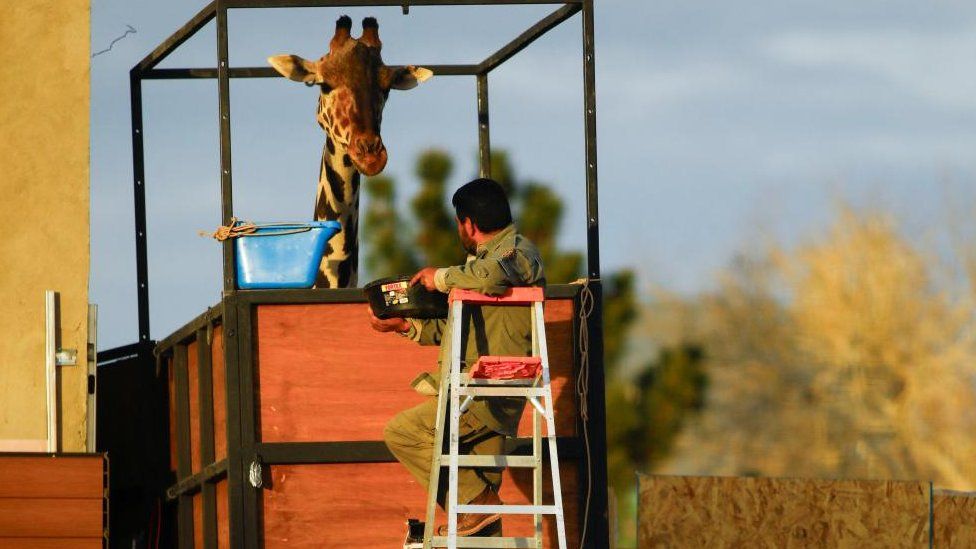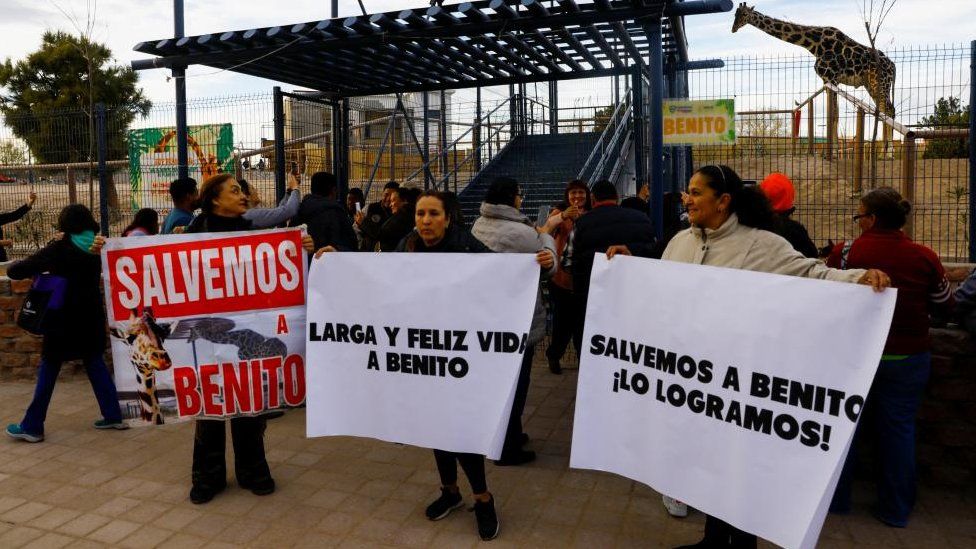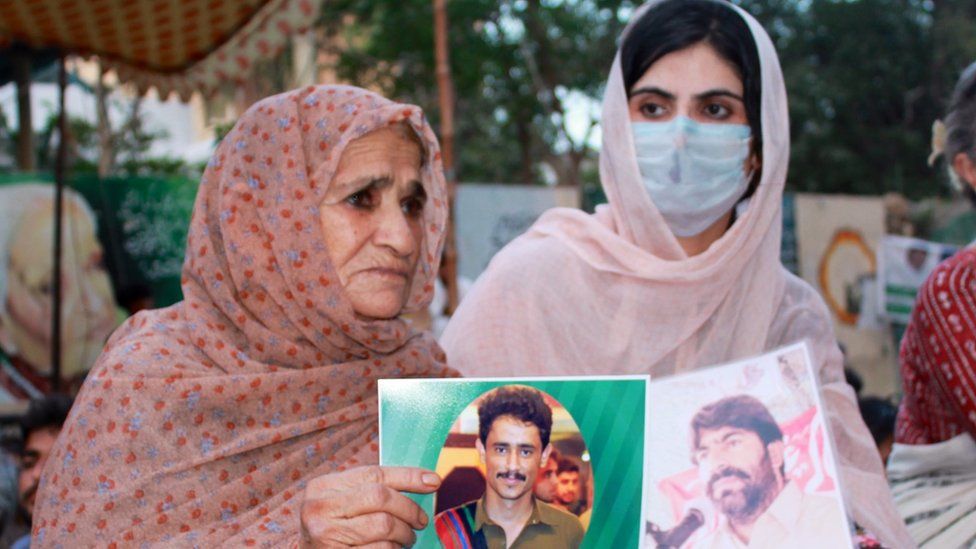
By Kelly Ng
BBC News
Among them was Sammi Deen Baloch, hugging a laminated photograph of her father – as she had done on numerous occasions over the past 14 years – and demanding to know where he is.
Or if he is even still alive.
The 26-year-old is one of several women who led the march, which saw protesters walk almost 1,000 miles from the restive Balochistan province, demanding the whereabouts of family members whom they say have been “forcibly disappeared”. At least 200 people were arrested and police fired tear gas and water cannons to disperse the crowds.
Campaigns like this are routine in the conflict-ridden province and women play a key part in organising them.
Balochistan, in the west of Pakistan, has been the scene of a long-running nationalist insurgency.
Separatist militants say they are fighting for a free Balochistan.
The protesters say their loved ones – many of them men – have been picked up, tortured and killed with impunity by Pakistani security forces, amid a bloody counterinsurgency operation. Islamabad authorities have denied these accusations.
They believe there have been thousands of such disappearances over the last two decades.
The UN defines enforced disappearances as “the arrest, detention, abduction or any other form of deprivation of liberty by agents of the state”.
Vanished without a trace
Sammi’s father, Deen Mohammad Baloch, was forcibly disappeared when she was just 11. In June 2009, armed forces stormed a public hospital in south-western Balochistan when he was the doctor on shift and detained him.
“Until today we do not know what has happened to him. My mother does not know if she is a widow or still married. And we still don’t know why they took him,” she told the BBC.
The Voice for Baloch Missing Persons, a non-profit organisation representing family members of those who disappeared in Balochistan, says approximately 7,000 cases have been registered with them since 2004.
The Commission of Inquiry on Enforced Disappearances convened by the government records 2,752 active cases of enforced disappearances in the province as of January 2024, but Pakistan’s interim prime minister claimed in a recent interview with the BBC that only about 50 people are missing.
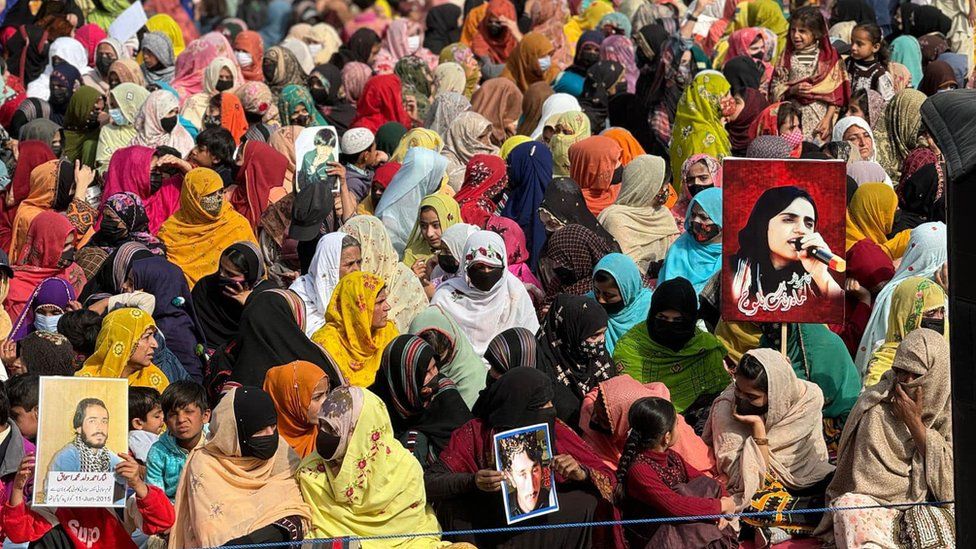
In 2021, Pakistan’s parliament – the National Assembly – passed a bill to criminalise enforced disappearances, but it has not yet come into force. Court directives have also been issued over the years to hold the state responsible for such disappearances, but rights groups say these pledges have rung hollow.
The state has branded Baloch activists – many of whom have advocated Baloch nationalism and irredentism – as secessionists or trouble-makers.
But many people who were picked up in recent years are Baloch people who do not have anything to do with the armed resistance, Pakistani journalist Taha Siddiqui claims.
He said officials instead detain “on mere suspicion and at times on false information provided by rival pro-Pakistan groups based in Balochistan”.
Protesters have been calling for Pakistani authorities to deal with the accused according to the law, not detain them arbitrarily.
“If they had done anything wrong, produce them to the court. These forced disappearances have brought so much suffering to our family. My life has completely changed since 2009. We’ve been put through so much mental torture. I don’t know what life we are living. It is very painful,” Sammi said.
Mahrang Baloch, who organised last year’s long march and was arrested twice in the midst of it, told the BBC she hoped it “brought global attention to the human rights violations and state oppression prevalent in Balochistan”.
The 30-year-old, who is a prominent figure in the Baloch resistance movement, said that in 2009 her father Abdul Gaffar Langove was taken – allegedly by security service officers – and found dead with signs of torture two years later. Her brother was detained for three months in 2017.
“Cases of forced disappearances and extrajudicial killings in Balochistan escalated to an alarming extent… Many people remain unaccounted for. Some may be released after being held in secret cells and tortured. But the conditions of their mental and physical health are far from normal,” she said.
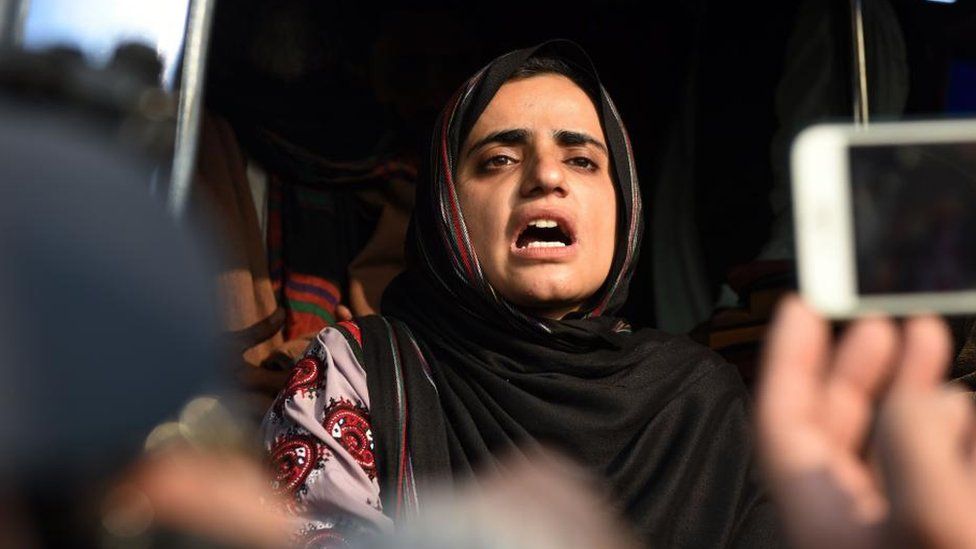
A Baloch man living in exile in London said he fled Pakistan for fear of being abducted.
“The Pakistani army had been trying to impose hegemony on citizens in Balochistan. We have a lot of gold and other natural resources in the province, but the Baloch people do not receive resources from the national government. Some places don’t even have proper drinking water,” said the man, who spoke to the BBC on condition of anonymity.
He noted cases of Baloch activists who mysteriously died while in exile, including activist Karima Baloch who was found dead in December 2020 near Lake Ontario in Toronto, Canada. Earlier that year, Pakistani journalist Sajid Hussain, who served as editor-in-chief of The Balochistan Times while in exile in Sweden, was found dead in a river north of Stockholm. Authorities in the respective countries have said the circumstances around both deaths were suspicious.
Exploited and alienated
Balochistan recently returned to the global spotlight after it was hit by air strikes from Iran in January, leading Pakistan to retaliate with strikes in Iran’s Sistan and Baluchistan province.
Both states say they were targeting Baloch militants.
Historically, the term Balochistan has been used to refer to a wider territory that includes land in Iran and Afghanistan.
Baloch groups in both Pakistan and Iran are part of a decades-long struggle for greater autonomy, with some fighting for an independent Balochistan state.
The Balochs have blamed the Pakistani government for exploiting and profiting from the province’s resources while neglecting its development.
It is also a crucial part of a multi-billion dollar project funded by China called the China Pakistan Economic Corridor, but many believe the Baloch people will not receive the employment opportunities created through the project.
“The entire province is racked by alienation, dejection and frustration towards Pakistan as well as those Punjabi socio-political elites who call the shots in Pakistan,” said Burzine Waghmar from the University of London’s SOAS South Asia Institute.
Protesters and observers believe it is in Pakistan’s political and economic interest to resolve the conflict in Balochistan, but they hold little hope that the upcoming elections would bring change for the Baloch people, and fear it may even disenfranchise the community further.
The state has been pushing non-Baloch candidates to contest in Baloch constituencies, which will further alienate the already-marginalised community, Mr Siddiqui said.
The election is of little significance for the Baloch, Mahrang said.
“Whichever government comes into power, the human rights violations and extrajudicial killings will persist in Balochistan. It has never been of genuine concern to the leadership,” she said.https://blejermot.com/
